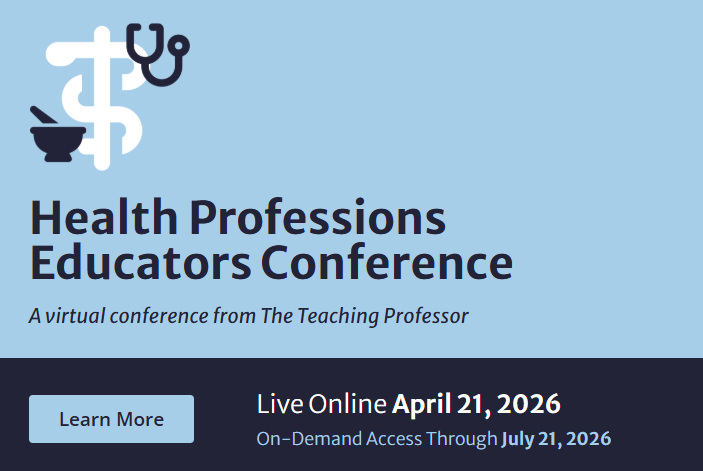Using Facebook to Enrich the Online Classroom
“Am I writing to myself?” That’s what I used to wonder when I first started teaching Spanish online a year ago. My learning management system, message boards, and group emails were impersonal and unresponsive—more like writing in my diary than sharing information with my students. I never knew for certain who read and understood my announcements or received an (electronic) handout or assignment directions. In the traditional, on-campus classroom, I’m a very interactive, hands-on kind of instructor, so I also went from knowing each and every one of my students by name and even a little bit about them to having nothing more than a roster with 115 names and majors. I just wasn’t satisfied, so I did something that others in the field had encouraged me not to do; I created a Facebook group for the class, and I’m not going back.



